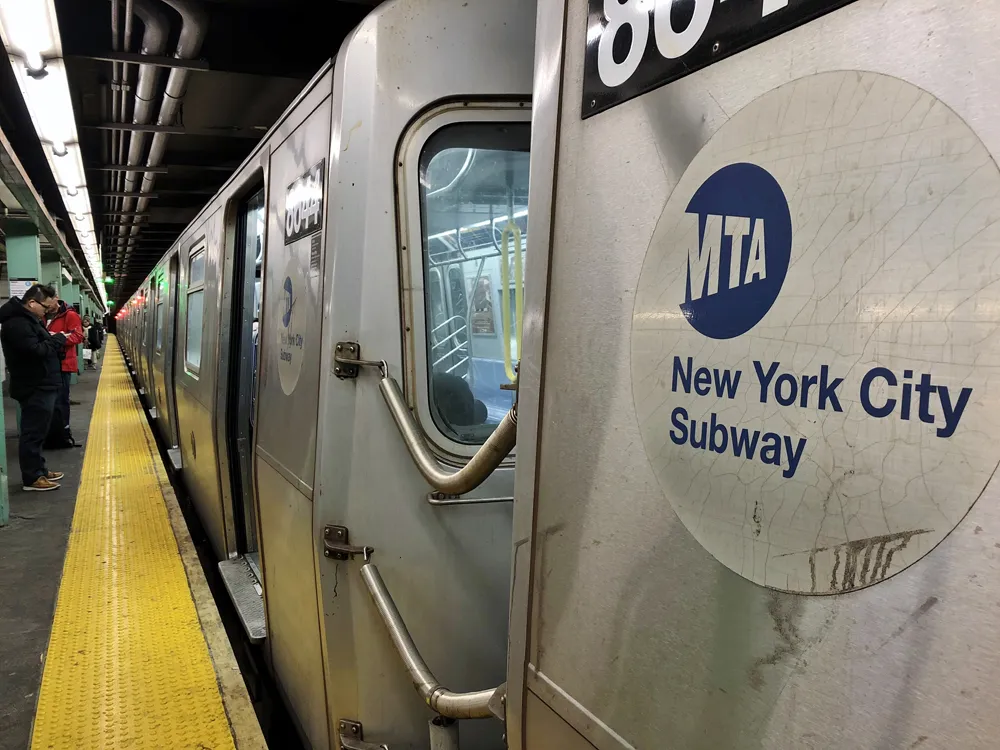A new group called Fix 66 has been formed to advocate for a managed lanes and bus rapid transit system in the I-66 corridor, outside of the Capital Beltway, by maximising private sector investment and minimising potential impacts to its communities, businesses and commuters during construction.
Anthony Bedell, a lifelong Fairfax County resident, local political leader and former official of the US Department of Labour and US Small Business Administration, says he is starting the Fix 66 group to give a vo
July 9, 2015
Read time: 2 mins
A new group called Fix 66 has been formed to advocate for a managed lanes and bus rapid transit system in the I-66 corridor, outside of the Capital Beltway, by maximising private sector investment and minimising potential impacts to its communities, businesses and commuters during construction.
Anthony Bedell, a lifelong Fairfax County resident, local political leader and former official of the US Department of Labour and US Small Business Administration, says he is starting the Fix 66 group to give a voice to those who want to see improvements moved forward in the fastest and smartest way.
While Bedell acknowledges Governor Terry McAuliffe and Virginia Secretary of Transportation Aubrey Lane commitment to improving travel in the I-66 corridor, he believes they are getting misguided advice in advancing a public financing option. Given the history of cost overruns and delayed completion of traditional VDOT projects, Bedell says the I-66 corridor can ill afford to count on VDOT to go it alone on this complicated and risky project.
“I-66 commuters are frustrated and small businesses are losing money due to the traffic gridlock and unpredictable commute times on the interstate highway,” stated Bedell. “The I-66 Corridor is in desperate need of transportation improvements and we need them now. People deserve to spend more time with their families and other normal activities rather than being stuck on I-66 for hours in their morning and evening commutes.”
Bedell went on to say that his group believes the best and quickest way to provide traffic relief is duplicating the success of the public-private partnership model for the I-95 and Capital Beltway projects.
“As a long-time Fairfax County resident, I’ve certainly been directly impacted by all of VDOT’s megaprojects. The projects with private investment tend to be more financially sound for taxpayers and deliver greater improvements in a shorter amount of time,” stated Bedell. “Why change that course of action for I-66?”
Anthony Bedell, a lifelong Fairfax County resident, local political leader and former official of the US Department of Labour and US Small Business Administration, says he is starting the Fix 66 group to give a voice to those who want to see improvements moved forward in the fastest and smartest way.
While Bedell acknowledges Governor Terry McAuliffe and Virginia Secretary of Transportation Aubrey Lane commitment to improving travel in the I-66 corridor, he believes they are getting misguided advice in advancing a public financing option. Given the history of cost overruns and delayed completion of traditional VDOT projects, Bedell says the I-66 corridor can ill afford to count on VDOT to go it alone on this complicated and risky project.
“I-66 commuters are frustrated and small businesses are losing money due to the traffic gridlock and unpredictable commute times on the interstate highway,” stated Bedell. “The I-66 Corridor is in desperate need of transportation improvements and we need them now. People deserve to spend more time with their families and other normal activities rather than being stuck on I-66 for hours in their morning and evening commutes.”
Bedell went on to say that his group believes the best and quickest way to provide traffic relief is duplicating the success of the public-private partnership model for the I-95 and Capital Beltway projects.
“As a long-time Fairfax County resident, I’ve certainly been directly impacted by all of VDOT’s megaprojects. The projects with private investment tend to be more financially sound for taxpayers and deliver greater improvements in a shorter amount of time,” stated Bedell. “Why change that course of action for I-66?”










